New opportunities and high potential. Combat use of the Kh-101 cruise missile
Russian strategic aviation has a wide range of missile and bomb weapons to solve various combat missions. One of the latest developments in this area is the Kh-101 strategic air-launched cruise missile (ALCM) and its nuclear variant Kh-102. The conventional missile has already been repeatedly used against real targets and has shown good results.
Rockets over Syria
According to various sources, the design of the future X-101/102 ALCM was completed in the mid-nineties, and in 1995-98. flight tests started. These activities could continue until the end of the XNUMXs, and according to their results, the rocket was put into service. It can be assumed that a large number of launches were carried out as part of the tests, and the missiles confirmed the calculated characteristics.
The combat use of the latest missiles began in 2015, a few weeks after the start of the military operation in Syria. On November 17, a group of strategic missile carriers took off from the Engels airbase and launched a series of modern ALCM launches at terrorist targets on Syrian territory. In particular, a pair of Tu-160 bombers used up 16 Kh-101 products. The missiles were reported to have successfully hit their intended targets.
On November 19 and 20, similar sorties took place. They again involved two Tu-160 aircraft with a total load of 16 missiles. The assigned tasks were again solved. The missiles have confirmed their performance and full compatibility with carriers. In addition, they most actively helped in the fight against the enemy. However, foreign media reported that one or two missiles from three volleys did not reach their targets and fell on the territory of Iran.
No new launches of the X-101 ALCM were reported for about a year. Perhaps, as a result of the first massive attacks, all suitable targets were knocked out, and the missiles were literally left without work. A new missile strike took place only on November 17, 2016 - exactly one year after the first combat use. This time, upgraded Tu-95MSM bombers became the carriers of the missiles. Unfortunately, the outfit of forces and means, as well as the consumption of ammunition, were not reported.
On July 5, 2017, Kh-101 missiles were again used against targets in Syria. Four items were dropped by the Tu-95MS missile carrier. A similar event was held on 26 September. After that, the use of X-101 ALCMs against objects on Syrian territory was not reported. Apparently, this is due to the overall success of the Russian operation - all suitable targets were destroyed, and the use of ALCMs no longer makes sense.
In Special Operation
In the current Special Military Operation, aircraft of the Aerospace Forces carrying one or another weapon take an active part. Since the first days of the operation, the Ministry of Defense has regularly reported the use of air-launched cruise missiles. At the same time, the types of missiles and their carriers are not specified. In particular, the use of long-range aviation and the modern strategic ALCM Kh-101 was not reported.
A few days ago, an amateur video with a cruise missile flyby, filmed somewhere in the Kharkiv region, was circulated on social networks. The video shows how a product of an obscure type with a characteristic hum and whistle sweeps over an amateur operator at high speed. Despite the poor image quality, you can see the general layout and proportions of the rocket. Based on the appearance of the ammunition, it is assumed that it was the X-101 missile.
It is not clear how true this version is. The details and results of the use of the rocket also remain unknown. In addition, new photos and videos with the possible use of the X-101 have not yet appeared. With all this, official information is also missing. The Ministry of Defense is in no hurry to share all the data on modern weapons in the Special Operations.
Technical potential
According to known data, the Kh-101/102 cruise missile has been developed since the eighties or nineties as a more advanced replacement for the existing Kh-55 product. Like its predecessor, the new ALCM was to be used by existing carriers and hit targets at strategic ranges. This included important innovations.
In order to improve combat qualities in the X-101 project, technologies for reducing visibility and electronic countermeasures were used. As a result, the body of the rocket is made, presumably, from composites and has a characteristic shape formed by curved surfaces and pronounced edges. The wing and plumage deployed in flight are made according to traditional schemes. There is information about the presence of an onboard electronic warfare station to counter enemy radars.
The X-101 is equipped with an autopilot with inertial and satellite navigation, a laser altimeter and a reference map correction. Earlier it was reported about the presence of an optical-electronic or radar homing head for correction in the final section of the trajectory.
Like other domestic ALCMs, the Kh-101 is equipped with a short-life compact turbojet engine. It allows you to develop high subsonic speed and provides a flight range of about 5500 km. Various flight profiles are envisaged, incl. air defense breakthrough at low altitudes with enveloping the terrain.
The product has a total length of approx. 7,5 m with a wingspan of approx. 3 m. Starting weight - no more than 2,4 tons. Of these, 400 kg falls on the warhead. The Kh-101 missile is equipped with a high-explosive warhead, and the Kh-102 carries a thermonuclear warhead with a yield of up to 1 Mt.
The main modern missile carriers that have undergone the necessary modernization are used as carriers of the X-101/102 ALCM. Tu-160 aircraft can carry up to 12 of these missiles on internal drum sets. Tu-95MS carry 8 missiles on four pylons under the wing. It should be expected that in the future the Kh-101 will be included in the ammunition load of the promising missile carrier PAK DA.
High potential
During the Syrian operation, the Kh-101 air-launched cruise missiles demonstrated their performance on standard carriers, and also confirmed the calculated flight performance, accuracy and power. At the same time, they failed to fully realize their stealth - due to the lack of any sufficiently developed means of air defense among the terrorists.
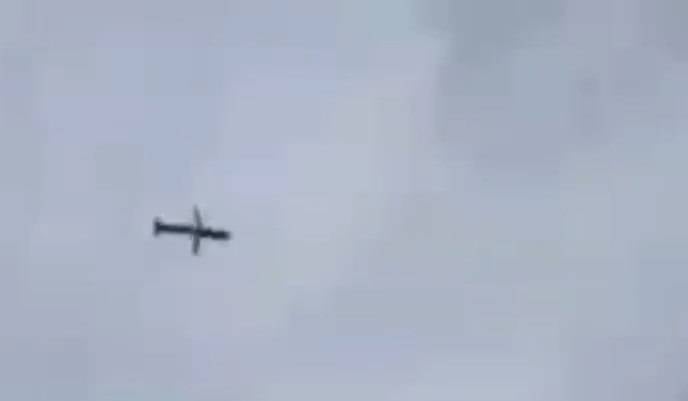
It is assumed that now X-101 are used for the demilitarization of Ukraine. To date, Ukrainian air defense has been almost completely destroyed, although some systems and complexes are still able to continue working. Under such conditions, the new Russian ALCM could have undergone a more thorough combat test.
Taking into account the peculiarities of operations in recent years, it can be assumed that the Kh-101 missile has not demonstrated all of its capabilities and has not realized its full potential. In particular, the missiles did not have to fly at full range and break through advanced modern air defense. This means that the missile can still keep some "surprises" for a potential enemy.
As part of the well-known episodes of combat use, the required damage was inflicted on the enemy, affecting its combat capability and further actions. In addition, and not least, strategic aviation got the opportunity to test new weapons outside the range and gain experience in their operation. And it is quite possible that the Syrian experience is now used in the defense of Donbass.
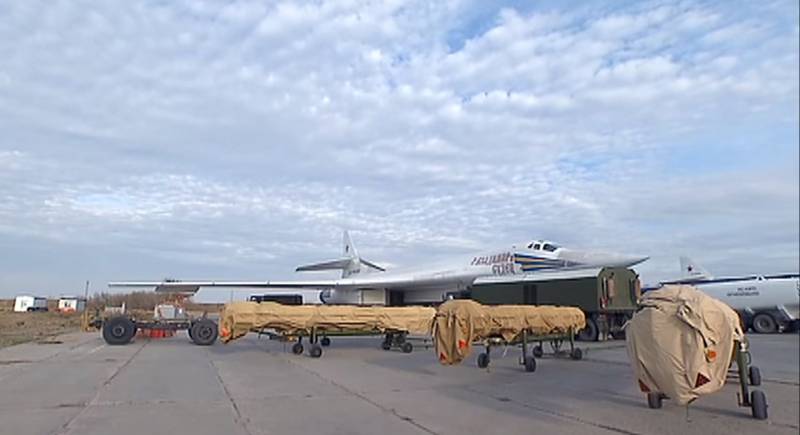
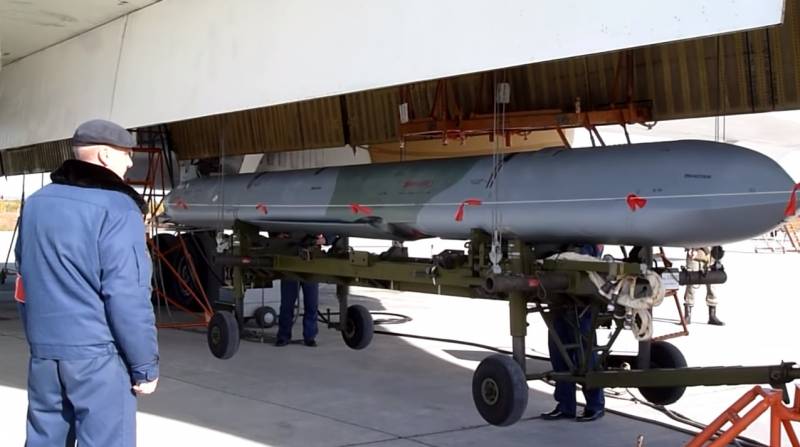
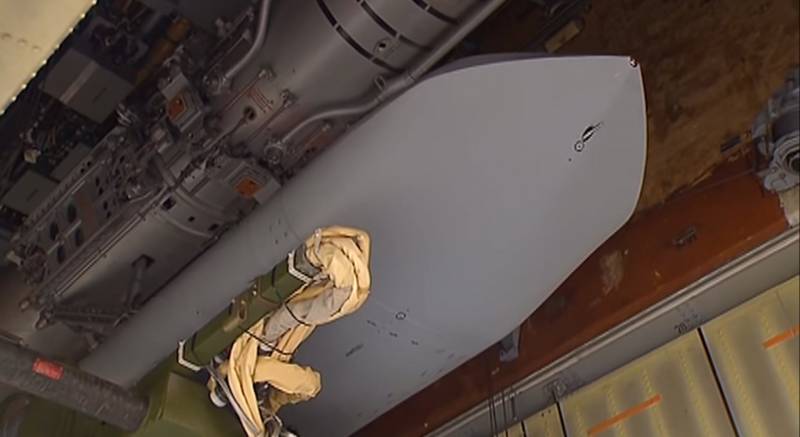
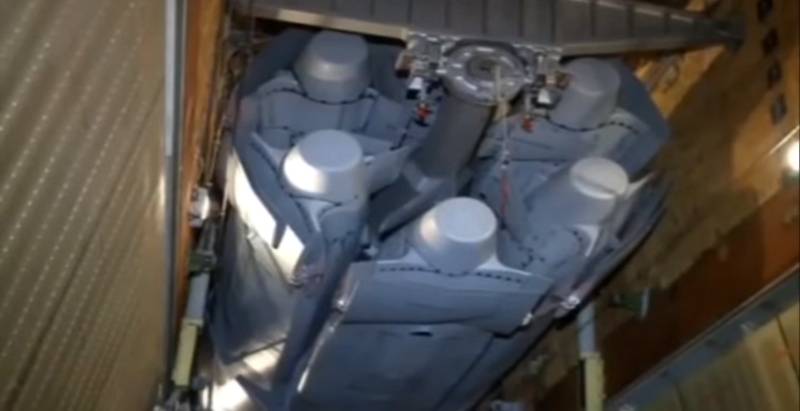
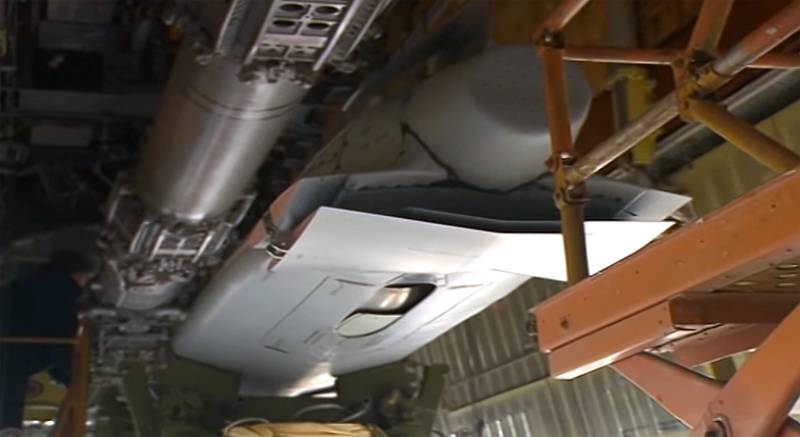
Information